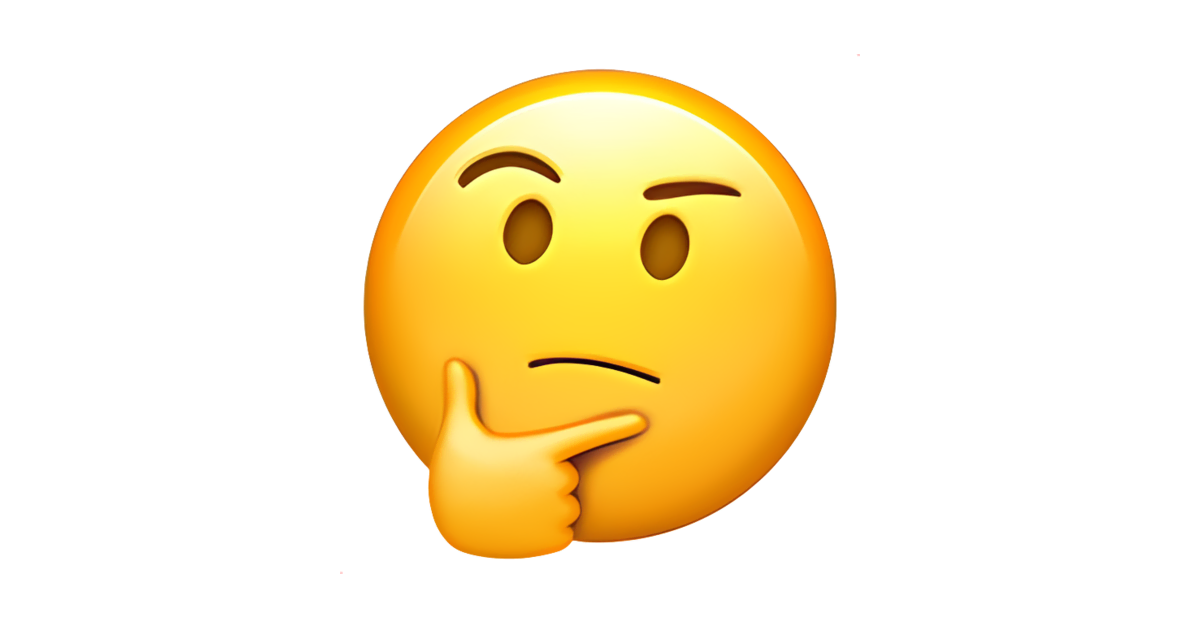Cool, thanks a lot. It was a wonderful paper. It is exaclty what we need. Really thanks a lot.
Let's look at the conclusion of this objective research based report. They used a thorough, straightforward double-blind level-matched listening test for their experiment
Recap here:
===============================
3 CONCLUSIONS
We have analyzed all of the test data by type of music and specific program; type of high-resolution technology; age of recording; and listener age, gender, experience, and hearing bandwidth. None of these variables have shown any correlation with the results, or any difference between the answers and coin-flip results. The previous work cited, some of it at the very beginning of the CD era and some more recent, pointed toward our result. With the momentum of widespread “high-rez” anecdotes over the last decade, culminating in the Stuart assertions, we felt the need to go further and perform a thorough, straightforward double-blind level-matched listening test to determine whether 16/44.1 technology would audibly degrade the sound of the best high-resolution discs we could find. We used a large and varied sample of serious listeners; we conducted our tests using several different types of high-quality playback systems and rooms; and we took as much time as we felt necessary to establish the transparency of the CD standard. Now, it is very difficult to use negative results to prove the inaudibility of any given phenomenon or process. There is always the remote possibility that a different system or more finely attuned pair of ears would reveal a difference. But we have gathered enough data, using sufficiently varied and capable systems and listeners, to state that the burden of proof has now shifted. Further claims that careful 16/44.1 encoding audibly degrades highresolution signals must be supported by properly controlled double-blind tests.
4 A NOTE ON HIGH-RESOLUTION
Though our tests failed to substantiate the claimed advantages of high-resolution encoding for two-channel audio, one trend became obvious very quickly and held up throughout our testing: virtually all of the SACD and DVD-A recordings sounded better than most CDs— sometimes much better. Had we not “degraded” the sound to CD quality and blind-tested for audible differences, we would have been tempted to ascribe this sonic superiority to the recording processes used to make them. Plausible reasons for the remarkable sound quality of these recordings emerged in discussions with some of the engineers currently working on such projects. This portion of the business is a niche market in which the end users are preselected, both for their aural acuity and for their willingness to buy expensive equipment, set it up correctly, and listen carefully in a low-noise environment. Partly because these recordings have not captured a large portion of the consumer market for music, engineers and producers are being given the freedom to produce recordings that sound as good as they can make them, without having to compress or equalize the signal to suit lesser systems and casual listening conditions. These recordings seem to have been made with great care and manifest affection, by engineers trying to please themselves and their peers. They sound like it, label after label. High-resolution audio discs do not have the overwhelming majority of the program material crammed into the top 20 (or even 10) dB of the available dynamic range, as so many CDs today do. Our test results indicate that all of these recordings could be released on conventional CDs with no audible difference. They would not, however, find such a reliable conduit to the homes of those with the systems and listening habits to appreciate them. The secret, for two-channel recordings at least, seems to lie not in the high-bit recording but in the high-bit market
===============================================================
TLDR; Let me summarize a few points from their conclusion:
1. They cannot use the result to prove the inaudibility
2. Based on their own personal experience, it is obvious that virtually all of the SACD and DVD-A recordings sounded better than most CDs - sometimes much better
(not sure if they have to define what is "sounded better" and "much better")
Thanks again for this objective research period.
p.s.: do you want to try HiRes again now?


